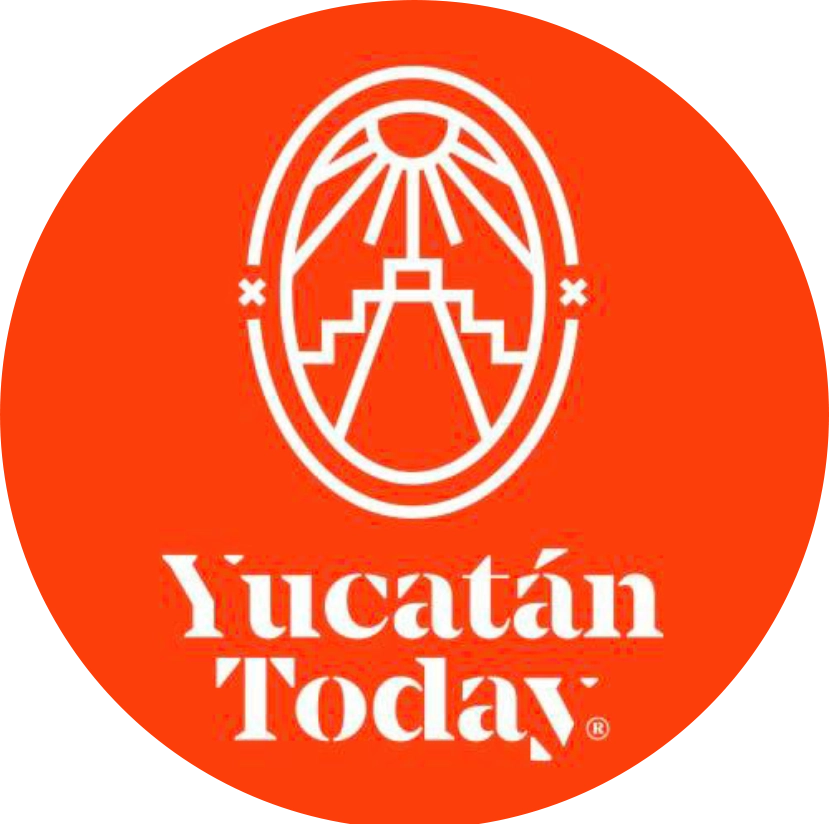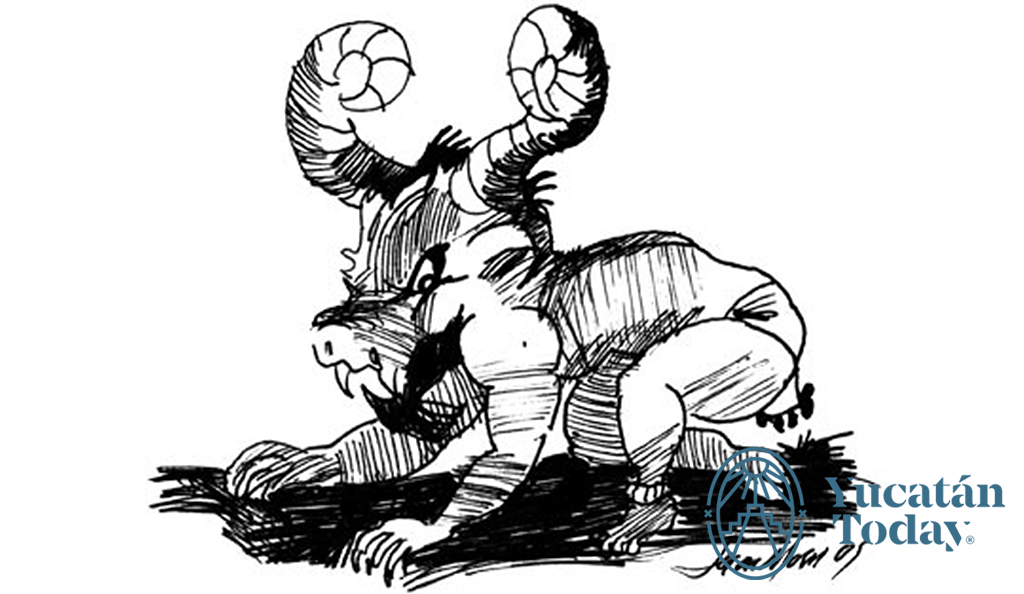
The Mayas: The Equinox and the Solstice

The Maya punched numbers and astronomical calculations that could make our heads swim, but nothing had more meaning to them than the movements of the sun.
The Dresden Codex, one of three paper-bark books that survived the mass destruction of documents by Spanish zealots in 1562, is filled with numbers—mostly calculations for lunation cycles and Venus tables. And one of the Maya’s main calendars, the haab, is tied to the earth’s rotation cycle. They calculated it at 360 days, with five “extra days” at the end that were considered unlucky time.
It’s known that the number four held great importance to them. Although there is no firm reason for this, archeologists suggest it could be because the body has four limbs with the heart at its center; a house has four corner posts; a milpa or cornfield has four entrances; and the sun has four paths that takes it on its seasonal journeys—two solstices and two equinoxes.
The Maya also had what was known as four cosmic points, which may relate to the four points of the sun’s daily journey: sunrise, noon, the sun on the horizon at dusk, and lastly the nadir just before the sun moves into the underworld. Scholars call these the four points of the Maya cosmos, and emphasize these are not like our cardinal directions of north, south, east and west.
The most relevant positions of the sun are the equinoxes and the solstices, even to us today. For the Maya, sky gazers that they were, these were of supreme importance, and they paid homage to these positions.
If you’ve ever ventured to Chichén Itzá on a spring or fall equinox to watch the astounding performance of the sun’s descent from the top of Temple Kukulkán to the bottom of the staircase that ends at the serpent’s mouth, you’ve no doubt been awed by this experience.
Onlookers believe they share a moment in time with the ancient Maya, for legend has it that the Maya also witnessed that same image a thousand years ago. Kukulkán, one of the most monumental of all their sacred works, was the Maya god of rejuvenation and his effigy symbolized the renewal of life.
Why did the Maya immortalize the equinox in this bi-annual spectacle of astronomical showmanship? Although no one knows for sure, scholars believe rites of agriculture may have been the basis for the concept and design of Kukulkán's slithering serpent. Since Kukulkán symbolizes rejuvenation, the March date coincides with planting cycles, and a September date coincides with annual harvests, which in itself is a renewal of life, for it allows food for the winter months.
The equinox was unique because on that day, in March and September, night and day are equal.
The solstices represent a similar idea, as they’re a twice a year occurrence and on those days the sun reaches its highest or lowest altitude in the sky above the horizon at solar noon.
December solstice is the traditional beginning of the earth’s yearly cycle.
One 2012ologist, John Major Jenkins, believed the solstice was so important that the Maya placed buildings in alignment with its zenith.
Jenkins, author of Maya Cosmogenesis 2012, believes that a stellae at Izapa (a site in southern Mexico that may or may not be Maya) leaves a code for us to decipher. In particular, Group F Ballcourt, which displays what Jenkins calls creation imagery, is aligned within one degree of December solstice sunset and June solstice sunrise direction. He claims this could have been no coincidence.
Archeo-astronomer Anthony Aveni states there are at least 73 city alignments to the solstice throughout the Maya world. He thinks there is evidence for a solstice-based calendar. He leans on June because it marks the time of the peak rainy season in the year.
At Chichén Itzá, the equinox sunset is visible through a window in Caracol observatory’s tower. And the great ballpark at Chichén Itzá, the largest known ballcourt in the ancient Maya world, encodes many alignments involving the Milky Way and the solstices. The ballcourt was aligned with the Milky Way at midnight on June solstice 865 A.D. and if one stood in the center of the ballcourt on that night, the arc of the Milky Way could be seen, touching the opposed horizons to which the lengthwise axis of the ballcourt pointed. Overhead one would have seen where the Milky Way and the ecliptic cross.
This incredible symmetry was planned and on a grand scale. The whys and wherefores, we may never know, but what we know for certain is this: the Maya were well aware of the solstice and equinox dates, and they paid homage to them in the most obvious way. They created ethereal stepped pyramids that have lasted for centuries and align with both equinox and solstice, and are still viewed in wonder to this day.
Click here to read about equinox events in Yucatán.
Jeanine Kitchel is the author of Maya 2012 Revealed, Demystifying the Prophecy. www.jeaninekitchel.com

Author: Yucatán Today
Yucatán Today, la compañera del viajero, es un medio bilingüe de información turística sobre destinos, cultura y el qué hacer en Yucatán con 36 años de trayectoria.
¡Receive the latest articles and much more from the best of Yucatán in your email!
Related articles

Spring Equinox
For the Maya, the most relevant positions of the sun were the spring equinox, the one from autumn, and the summer and winter solstices.
The Maya Language Lives On
This magazine can’t have a section called “Who are the Maya” without mentioning the peninsular Maya language, or Maayat'aan.


